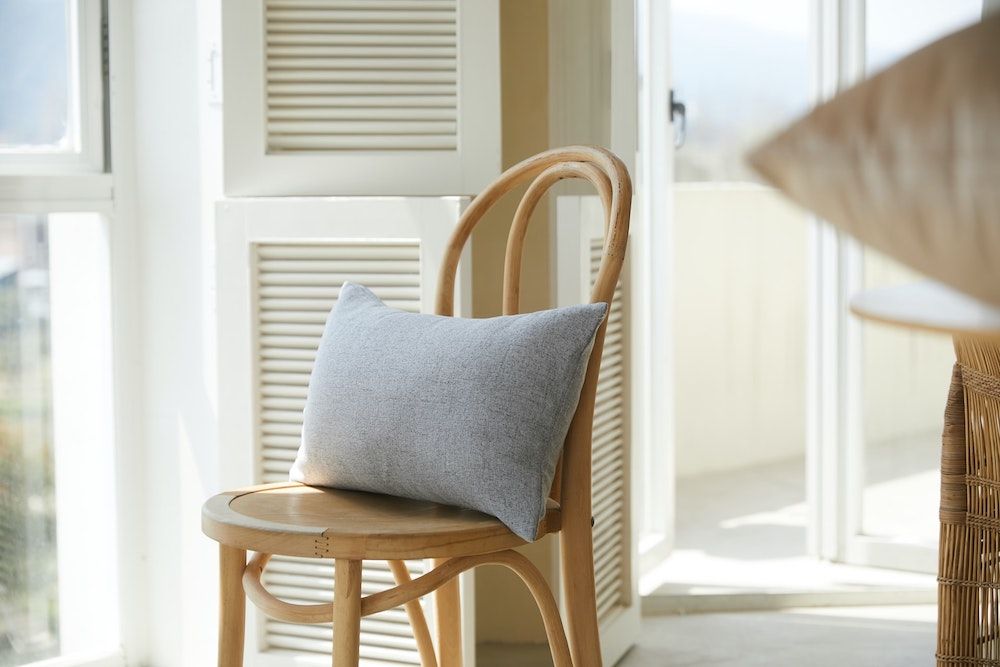Learn the basics of feng shui and create a peaceful, balanced home
You’ve probably heard the term before, but how much do you really know about feng shui, its history, and the ways we can apply its principles in our own homes?
First, let’s go back to the beginning. Feng shui is the ancient Chinese art of positioning buildings and objects within a space to achieve a sense of harmony and balance. Its roots are in Taoism – a philosophical and spiritual tradition of Chinese origin. Taoists believe in chi, a life force that is within everything, and which is made up of yin and yang. These are opposing, inseparable forces that complement each other when balanced. Once this harmony is achieved, it’s believed that the flow of chi is improved, allowing people to embrace positivity and abundance in their lives.
Feng shui is simply a practical way to balance yin and yang in your home, and there’s evidence to show that Chinese people have been designing their homes using its principles for more than 4,000 years.
So, how can you capture the essence of feng shui in your own home? Let us break it down for you…
Entrance
Your front door, porch area, or entranceway is the first area you may want to look at, as it’s known as the ‘mouth of qi’, which is where the energy enters your home. As with other areas of your home, you should try to keep it clean and clear of clutter, so as not to disrupt the flow.
Living room
In feng shui philosophy, each room will have an item that takes a ‘commanding position’. Placed in this position, when you are using an item you should be able to see the door to the room without being directly in line with it, and you should have a good view of anyone coming through.
In the living room, this will most likely be the sofa. Once you have placed the sofa, add any other seats – ensuring, as much as is possible, that none have their backs to the door.
Consider what the function of the room is and incorporate this into your layout. For example, have chairs facing each other to encourage conversation and connectivity. When it comes to placing a television, try to ensure that it isn’t the focal point, or can be tucked away when not in use.
Kitchen and dining room
Kitchens are areas of our homes that can easily become cluttered as we go about our daily routines, but which should be a calm space dedicated to nourishing and caring for ourselves.
Try to keep on top of your pantry and food stores, as expired food is thought to create ‘stagnant energy’. If you have a dining table, try your best to keep it clear from clutter, tidying up after activities as you go.
Bathroom
In feng shui, drains are a source of depleting energy – and the average bathroom is bound to have a couple of those. The advice is to keep bathroom doors and toilet seats closed when not in use. This is also a space where one element may take over the room, so think about how you can bring in some softer touches, and balance everything together.
Bedroom
In the bedroom, the most important item is the bed, and so this should be placed in a commanding position. Ideally, underneath the bed would be clear, to allow the energy to flow freely through the room. But, when storage is tight in smaller spaces, and you have to make the most of the under bed area, try to keep things organised in boxes, or store soft, bedroom related items such as bedding and blankets.
When it comes to designing and arranging your home, one of the best things about feng shui is that it isn’t about going out and buying the most expensive items, or most fashionable styles – it’s about finding peace within the space and the belongings that you already have, tuning-in to the environment you have created, and adjusting it with small, simple tweaks. You never know, it could be key to finding your flow.
To connect with a life coach to discuss your own energy and flow, visit lifecoach-directory.org.uk

